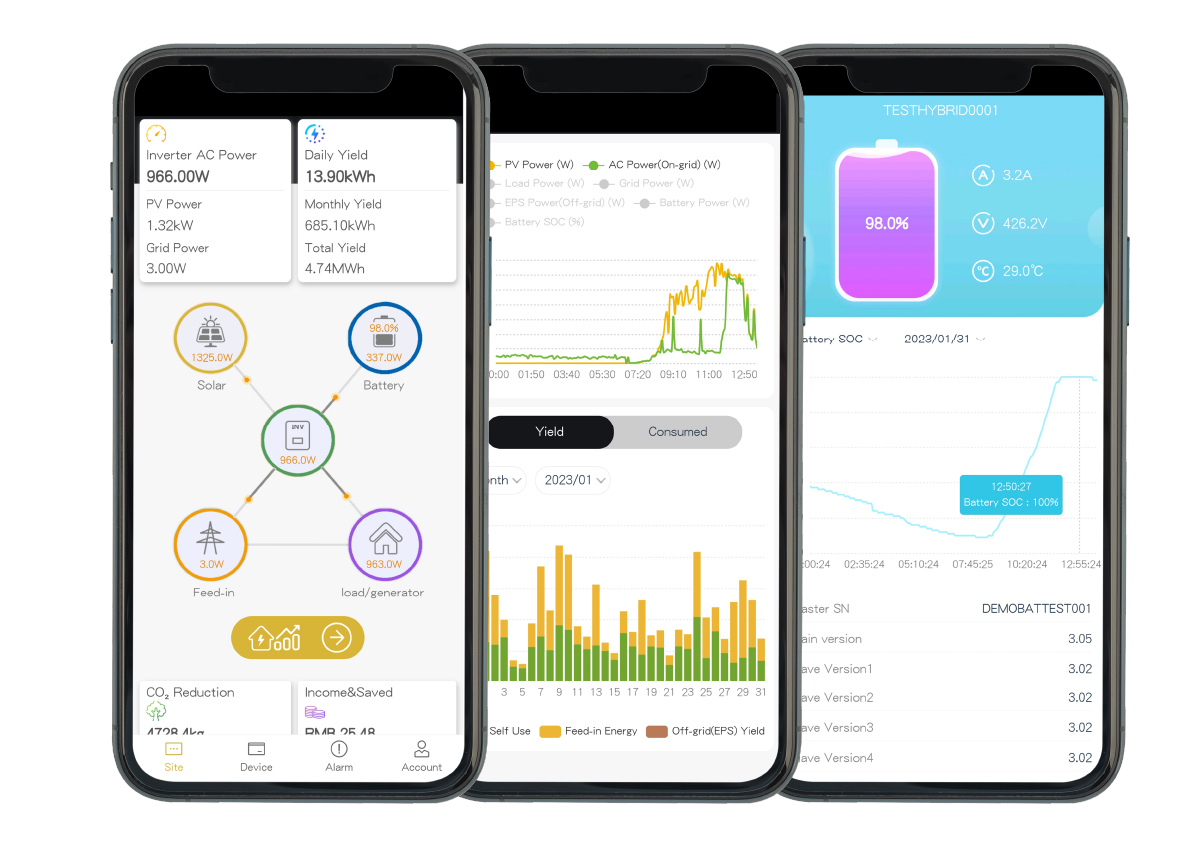Demand for electricity is surging, as homeowners increasingly choose to switch from gas appliances to more environmentally friendly electric alternatives. This increase is putting additional strain on an already aging grid, as the demand for electricity grows beyond the grid's capacity to provide it.
This is prompting utilities to find new ways to ease pressure on the grid. One of these is through demand response programs. Let's explore what a demand response program is, how it works and what the benefits are for homeowners and utilities.
Demystifying demand response
During certain times of the day, week or month there are periods when the demand for energy is particularly high. This could be on a hot summer day or in a winter storm, when homeowners increase their air-conditioning or heating. During these times, energy demand can outstrip supply and put the grid under strain while potentially causing outages.
To ease this peak demand pressure, utilities will often switch on so-called “peaker plants”. These are typically powered by fossil-fuels and are expensive to run. To avoid the need to use peaker plants, utilities can either build more power plants to provide more electricity, or reduce demand for electricity at times when it would otherwise over-burden the grid.
Demand response programs aim to achieve the latter by encouraging homeowners and businesses to reduce or shift their electricity usage when demand is high. In return, utilities tend to offer financial rewards, such as credits on your energy bill, direct payments, rebates and sometimes even financial support towards the costs of purchasing renewable energy technologies like home battery storage units.
Photo courtesy of Panasonic Eco Systems
How do demand response programs work?
If you're part of a demand response program you will either be notified by your utility to reduce your energy use ahead of peak times, or your utility may connect to your smart appliances and automate this for you. Events typically last for one to four hours, and the appliances included tend to be the largest energy consumers including air-conditioning units or water heaters.
To share some examples, PG&E's Smart Thermostat Program incentivizes customers to install smart thermostats, allowing the utility to remotely adjust settings during peak periods to balance grid load and help reduce energy consumption. The Duke Energy Power Manager program rewards you with credits on your energy bill for shifting your energy use away from peak periods.
Benefits for homeowners
Financial rewards
Utilities incentivize homeowners to participate in demand response programs by offering financial rewards. These can be in the form of credits on your energy bill, lump-sum payments or rebates. This is in addition to savings from simply lowering your energy usage during certain periods.
Money off battery energy storage units
Some demand response programs — such Southern California Edison’s Self-Generation Incentive Program — offer homeowners incentives towards the purchase of energy efficient and clean energy systems like batteries, which offer multiple benefits.
Batteries provide a source of backup power that can be used during demand response events as well as during outages. They enable homeowners to proactively lower their bills by providing a means for storing power when grid rates are low, then use it when grid rates rise.
Positive environmental impactsDemand response programs reduce the need for utilities to turn-on expensive, fossil-fuel powered peaker plants during times of high demand. They also help to avoid the need for utilities to invest in new power plants to meet rising electricity needs. All of which is good for both the planet and for your energy bills.
Greater control and flexibility
Participating in demand response programs gives you greater control, transparency and flexibility in how your household uses energy, enabling you to make informed choices. For example, you can choose when and if to delay non-essential appliance usage, or even schedule energy-intensive tasks for times when demand and prices are lower.
EVERVOLT battery storage, photo courtesy of Panasonic Eco Systems
Benefits for utilities
Improved grid stability
Incentivizing energy users to lower their consumption when the grid is under strain reduces the likelihood of supply interruptions like blackouts and brownouts.
Lower energy costs
As participation in demand response programs increases, the need for utilities to switch on expensive peaker plants and invest in new infrastructure to meet growing demand, is significantly reduced. The result is lower energy costs for everyone.
Increased renewable energy generation
Demand response programs enable utilities to more flexibly manage electricity supply and demand. This makes it easier to balance an increase in the supply of power from more variable, intermittent sources like the sun and wind. In other words, utilities can use demand response to shift energy usage to times when renewable energy generation is higher.
Home battery storage units with or without solar panels give you a round-the-clock source of backup power that you can tap into whenever you choose, whether during a demand response program, outage or to keep bills down when grid rates are high. If you're interested in installing a home battery system for yourself, a Panasonic authorized installer can help you find the solution that is best for your home.





